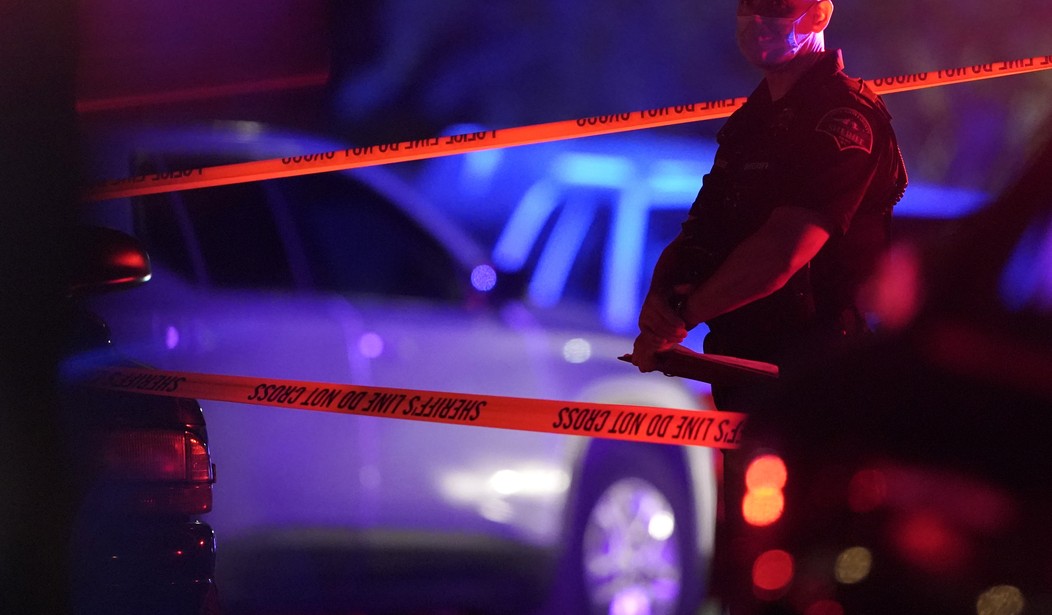The pandemic drove enormous societal changes that Americans are still grappling with, from economic hardship to increased unemployment rates, interrupted schooling, and other public and mental health catastrophes. While crime during the pandemic saw decreases in many indexes, that wasn't the case for homicides and shootings.
Big cities plagued by violent crime have taken up much of the media oxygen on the issue, but according to a new report, it's a problem that has touched all corners of America—including some of the most rural.
The Wall Street Journal reports that murder rates "soared during the pandemic" in small-town communities.
Local prosecutor Rebecca McCoy used to think of her home in central Arkansas as a place where the worst crimes were usually stolen tractors and lawn mowers.
In March 2020, she was called to the trailer of a 72-year-old man who had been bludgeoned to death with a baseball bat. It was White County’s first homicide in almost two years. By that December, there were 11 more.
In Marion County, a swampy stretch of South Carolina, Sheriff Brian Wallace and his deputies worked nine killings in 2021, including the execution-style shooting of an 80-year-old retired teacher whose family the sheriff knew personally. It was the highest annual body count he had seen since he joined the small department more than two decades earlier.
For ranchers Bill and Diana Beck, the violence arrived in their mountain community in northwest Montana in April when a friend texted them a picture of blood in the snow. A local bar owner had been shot to death. It was Flathead County’s 12th homicide since the start of 2020, one of the region’s most violent periods in recent memory.
“I was floored that something like that happened a mile down the road,” said Ms. Beck. (WSJ)
New data from the Centers for Disease Control and Prevention shows a 25 percent increase in homicide rates in rural America in 2020—just 5 percent short of the homicide rates in metropolitan areas. Data from 2021 has not yet been analyzed.
The causes for violent crime in rural America have been harder to identify than in big cities, but pandemic stress, a breakdown of social connections, isolation, drug use, financial stress and the concomitant mental health problems were some of the factors officials have named.
Recommended
Since many of them do not have connections, law enforcement is having a difficult time addressing them and developing preventative measures.
"It's not like you got gang members dealing drugs, and you can get boots on the ground, and undercover buys and prosecutions," Marion County's Sheriff Wallace told WSJ.
"It was like people lost their ever-lovin' minds," McCoy said.
























